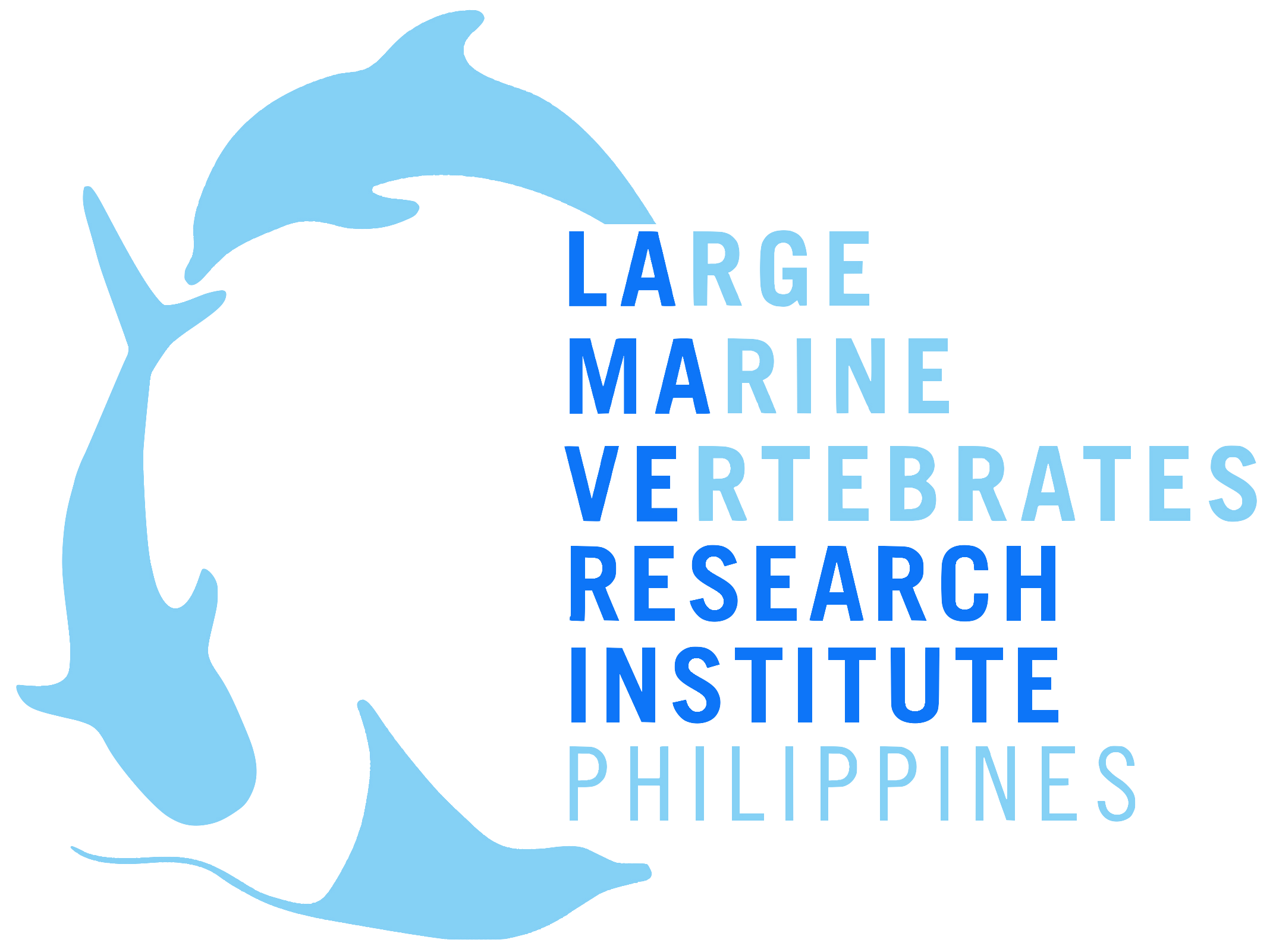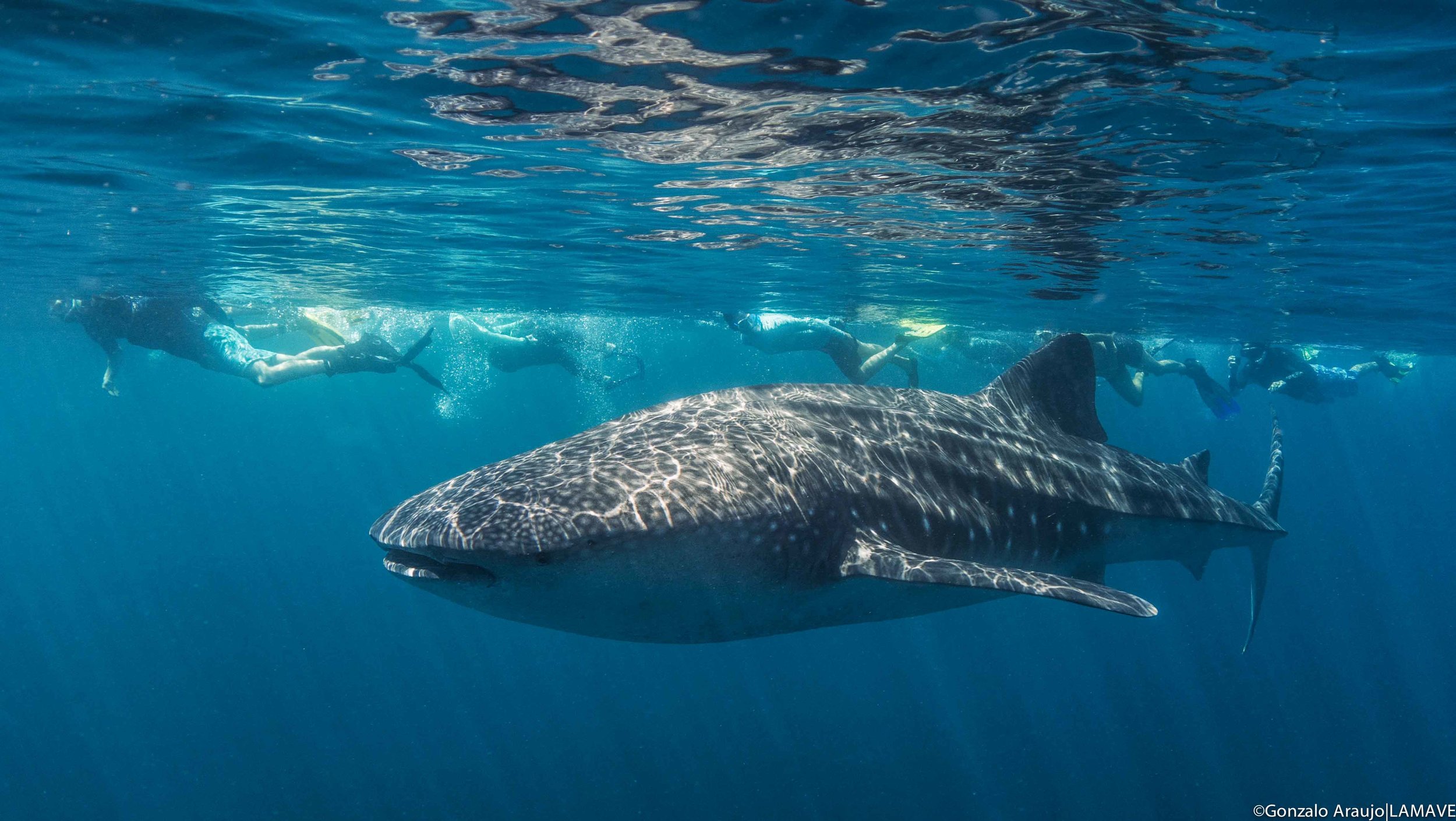PRESS RELEASE
The Philippines officially hosts the world’s second-largest known population of whale sharks
Philippines, March 3, 2019, The Philippines officially hosts the second largest known population of whale sharks in the world according to Wildbook for Whale Sharks, a global online population catalogue used by scientists and the public.
The Philippine population total, which now stands at >1,600 individual whale sharks, was reached through the submission of photo-identification data from dedicated work by LAMAVE, WWF-Philippines and avid and active members of the public. Previously, Australia was recognised as the second largest known population on the database, while Mexico remains the number one global hotspot, with more than 2,400 individual whale sharks identified in its waters. The Philippines’ progression to the number two spot, highlights the global significance of the archipelago for this endangered species, and emphasises the country as a conservation leader for the species in South East Asia.
Whale sharks are identified by the unique spot patterns on their bodies. Similar to a human fingerprint, these unique patterns enable scientists and the public to distinguish individual whale sharks by comparing a photograph of the left side of the body. Using this technique called photographic identification or photo-ID, anyone can contribute to the collaborative effort to understand the global population of whale sharks by submitting photos to Wildbook for Whale Sharks.
A researcher from LAMAVE photographs a whale shark in Southern Leyte
The photo- identification area used to identify individual whale sharks
Research efforts by LAMAVE and WWF-Philippines have significantly contributed to the 1,600 total and today the Philippines has one of the longest datasets on whale sharks in the world. WWF-Philippines initiated photo-ID research in Donsol in 2006, while LAMAVE’s efforts began in the Visayas in 2011. Today LAMAVE studies whale sharks across all five major aggregations in the country, namely: Donsol, Sogod Bay, Oslob, and two locations in Palawan.
As well as being a significant milestone worldwide, this is also a conservation milestone for the species in the Philippines. Previous to 1998, whale sharks were hunted for local consumption and later for export; a report by WWF-Philippines in the 90s noted a decline in fishing catch, indicating a possible population decline. In March 1998 a nation-wide ban (FAO 193) forbid the killing, capture and consumption of whale sharks in Philippine waters. Later that year, the first whale shark tourism destination opened in Donsol, Sorsogon. Today whale shark tourism is an important industry across the country, accommodating almost half a million tourists a year.
Tourists swim alongside a whale shark in Philippine waters.
Despite protection efforts by countries such as the Philippines and later Taiwan (2007), in 2016, the whale shark was uplisted on the IUCN Red List of Threatened Species, from Vulnerable to Endangered; a decision that was influenced by evidence of continued threats to whale sharks in Southeast Asia. This, in part, prompted a call for greater international protection for whale sharks championed by the Department of Environment and Natural Resources (DENR) in collaboration with the Bureau of Fisheries and Aquatic Resources (BFAR) who proposed the uplisting of the species to Appendix I on the Convention on Migratory Species (CMS) in October 2017, a move that would offer the species further protection internationally. Recent evidence from LAMAVE’s work in Palawan showed connectivity of whale sharks to two neighbouring countries, highlighting the need to pursue international collaborations for the conservation of this charismatic species.
The whale shark continues to face threats internationally, and also in Philippine waters through unregulated tourism and accidental bycatch, however being recognised as the second most significant whale shark population in the world, according to Wildbook for Whale Sharks, is something to be celebrated. LAMAVE hopes that the Philippines will continue to lead in conservation efforts to protect the Butanding (tuki, tiki-tiki, taloki, tawiki, tiriki-tiki, iho-tiki), the pride of the country.
Whale shark mosaic by Eric Chocat.
Notes to the editor
Large Marine Vertebrates Research Institute Philippines (LAMAVE) is the largest independent non-profit non-governmental organization dedicated to the conservation of marine megafauna and their habitats in the Philippines. LAMAVE strive for conservation through scientific research, policy and education. www.lamave.org
If you would like more information about this topic, please contact Sally Snow at s.snow [at] lamave.org. Photos are available upon request. Click here to download a copy of this Press Release.







All LAMAVE team members are safe after #TyphoonOdette (Rai).
The team in Puerto Princesa City Palawan have just received access to communications through SMART (Wed 22 Dec)…